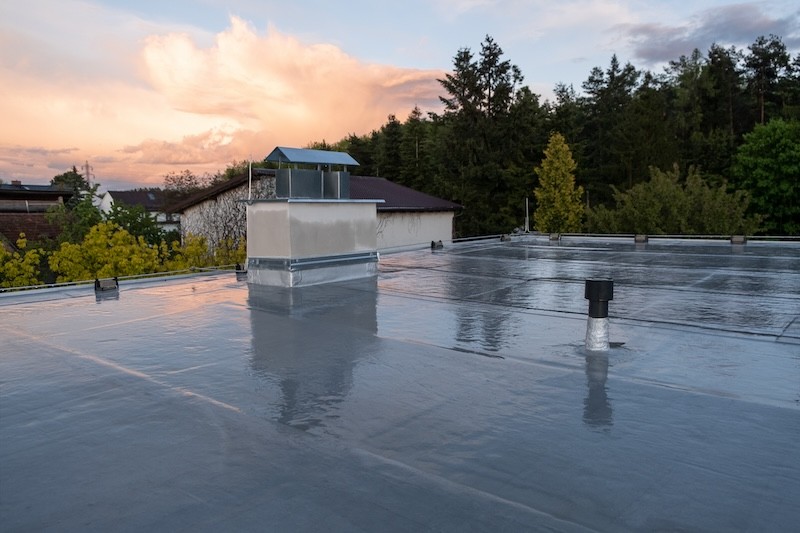
Flat roofs are a popular choice for commercial buildings and contemporary residential architecture. Known for their sleek design and functional utility, flat roofing systems can be highly effective when installed and maintained correctly. Whether you're planning a new construction or looking to upgrade your current roof, understanding the advantages, materials, and upkeep of flat roofs is essential.
Flat roofs typically require less material than pitched roofs, making them a cost-effective option. The installation process is also generally quicker and more straightforward, helping reduce labor costs.
One of the standout features of flat roofs is the ability to utilize the surface. Many property owners convert flat roofs into rooftop gardens, lounges, or solar panel stations.
Flat roofs are a hallmark of modern architecture. They offer clean lines and minimalistic appeal, giving buildings a sleek and contemporary look.
Unlike steep-sloped roofs, flat roofs provide easier and safer access for routine inspections and repairs.
This material combines asphalt with polymerized rubber or plastic for enhanced durability. It’s applied in layers and is well-suited for both hot and cold climates.
TPO is a single-ply roofing membrane known for its reflective properties, helping reduce energy costs. It's also resistant to UV rays, punctures, and mold growth.
EPDM is a durable synthetic rubber membrane that's easy to install and maintain. It offers long-lasting performance and excellent resistance to weathering.
PVC is another single-ply membrane that offers great chemical resistance, fire resistance, and durability. It’s ideal for commercial settings with harsh environments.
Schedule inspections at least twice a year and after severe weather events. Look for pooling water, cracks, or membrane damage.
Leaves, twigs, and other debris can clog drains and create water pooling. Keeping your roof clean helps extend its lifespan.
Ensure all flashing and seals around vents and edges remain intact. Damaged flashing is a common source of leaks.
Small issues like blisters or punctures should be addressed quickly to prevent costly damage and moisture infiltration.
Flat roofs require specialized knowledge. Partnering with a qualified roofing company ensures your system remains in top condition and complies with all building codes.

Flat roof systems offer a sleek, functional solution for both commercial and residential buildings. With the right material and proper care, a flat roof can deliver excellent performance, energy savings, and modern curb appeal. Regular maintenance and professional inspections are key to ensuring longevity and avoiding costly repairs down the line.
We love hearing from you, our team is always ready to chat with you!